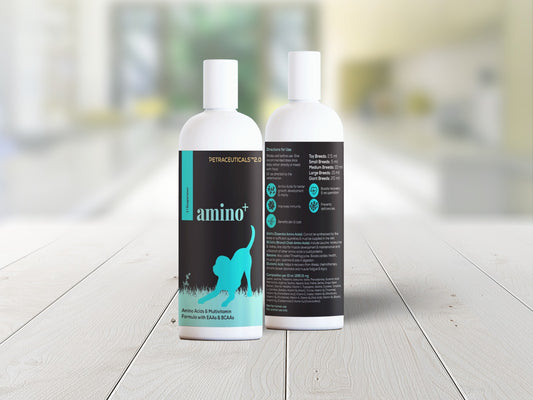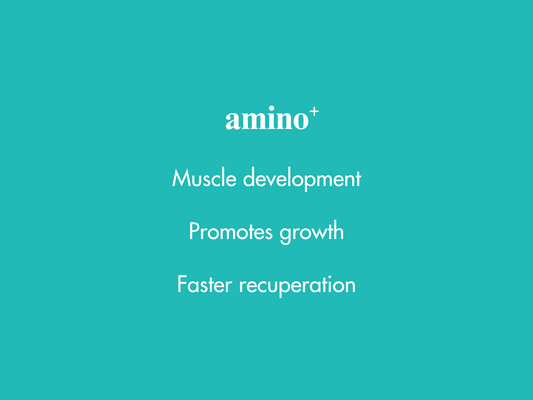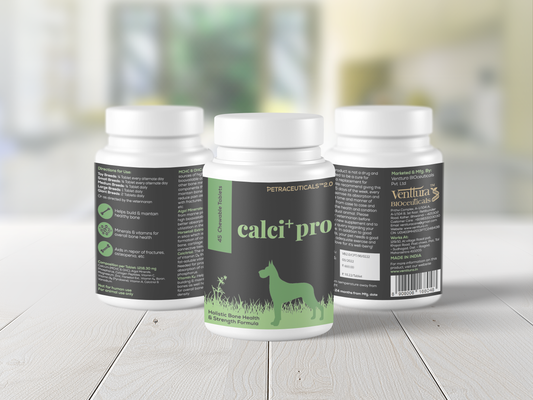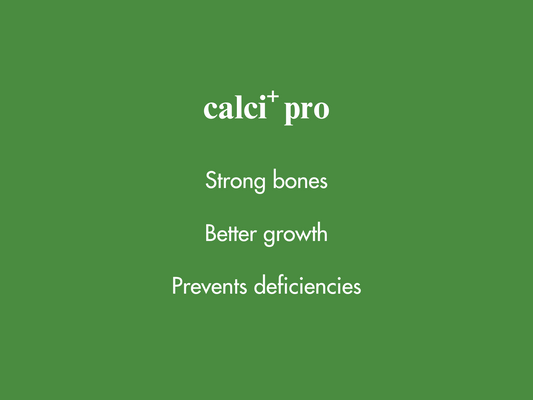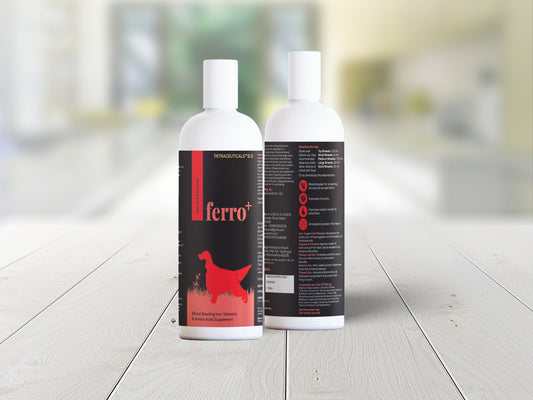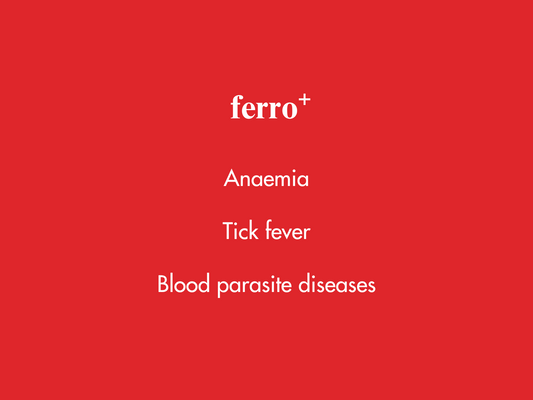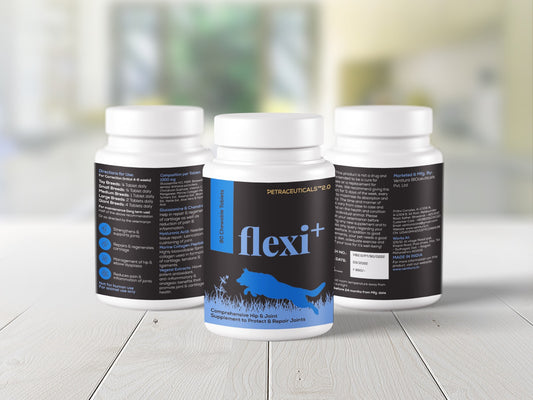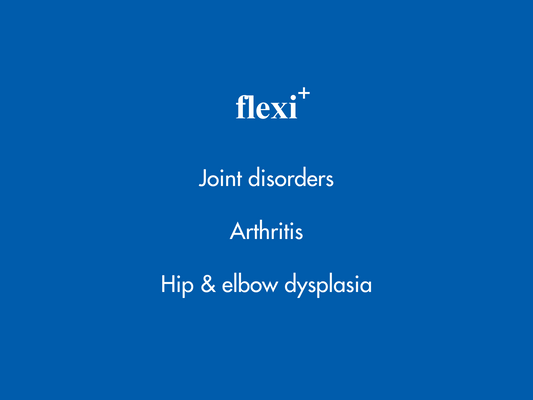Joints allow dogs free movement and flexibility. Without joints the skeleton would be a rigid bag of bones! Joints are incredible examples of engineering that are made of a number of parts.
Components of a Joint :
Bones- A joint is formed where two or more bones meet to allow movement.
Cartilage- It is the connective tissue that acts as a shock-absorbing cushion between connecting bones and gives flexibility to the joint.
Synovial Fluid- It is a viscous fluid that provides lubrication for the joint and nutrients to the cartilage in the joint.
Ligaments- These are tough, elastic bands of connective tissue along the sides of joints that attach bone to bone and stabilize the joint.

Over the years dog’s joints take a pounding. Just as in humans, deterioration of joints affects older dogs and it is estimated that one in seven dogs suffers from arthritis. Several large or heavy breeds like Great Dane, German Shepherd, Golden Retriever, Rottweiler as well breeds like Dachshunds and Basset Hounds are predisposed to joint problems. Joint pain, osteoarthritis, hip and elbow dysplasia are all serious joint health conditions that need to be dealt with as soon as their symptoms are seen.
Joint diseases can be developmental where there is either overdevelopment or underdevelopment of the bones- like hip dysplasia where the hip sockets are too big and cause the hip bone to pop out rubbing the bones together.
The other type of joint issue is degenerative joint diseases. Osteoarthritis is the most commonly seen such condition where there is reduction of synovial fluid and the cartilage between bones deteriorates.
Symptoms of Joint Problems
- Limping
- Difficulty in climbing up and down stairs
- Reduced activity
- Preferring to lie down instead of standing or sitting
- Stiffness
- Licking their joints
- Irritable if touched
- Favouring one side
- Not running to greet you
- Reluctant to go for walks

If your dog is showing any of these signs, a visit to the vet is of vital importance. Depending on how early the joint disease is caught, certain joint disorders can be controlled or resolved to allow your pet to lead a fairly pain-free life.
Besides veterinary intervention there are things that you can do to ensure improvement in your dog’s joint health.

Weight control: Just like in people, obesity or being overweight puts great stress on the joints. Make sure your dog’s weight doesn’t exceed the breed or type standard.
Quality diet: Giving a good quality diet creates a healthy gut flora or gut biome. This results in overall good health of your dog.
Low impact exercise: As your dog gets older, it is better to take him on low impact activities like walking or swimming rather than running and jumping.
Supplements: Joint supplements are great for preventive measures, halting continuing damage and helping in repair and regeneration of cartilage. The nutrients you need to look out for to improve joint health include:
Glucosamine & Chondroitin: Help in repair and synthesis of cartilage and synovial fluid.
MSM: Has anti-inflammatory, antioxidant and pain reducing properties.
Rosehip Ext: Has anti-inflammatory, antioxidant and pain reducing properties
Omega Fatty Acids: Reduce inflammation and promote overall health.
Collagen: A protein that makes up connective tissue like cartilage, ligaments, etc.
Venttura Petraceuticals 2.0 flexi+ has been formulated to aid in joint repair and support. For better and faster results give with Venttura Petraceuticals 2.0 omega+
Prevention is better than cure; this adage describes aptly describes the way to deal with your dog’s joint health. The best option for joint health is to take care early and treat your dog to a healthy lifestyle so as to avoid chronic pain later in his life.

 Proud to have impacted over 1 Million Happy Pet Parents since 2013.
Proud to have impacted over 1 Million Happy Pet Parents since 2013. 

